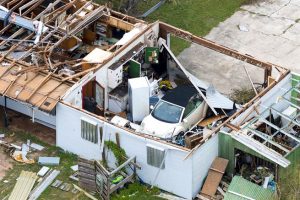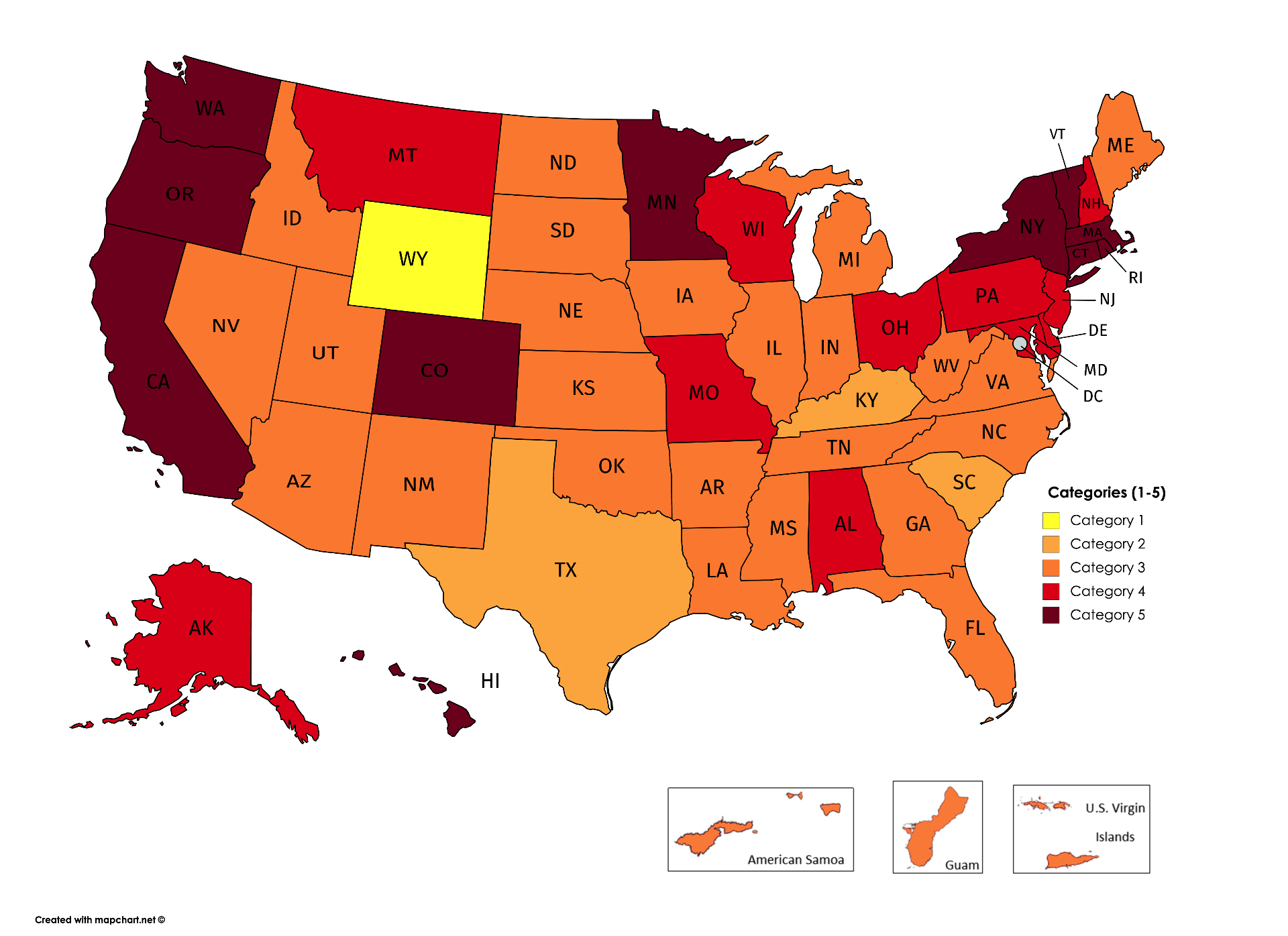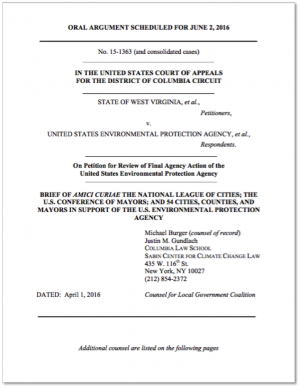by Justin Gundlach
 Hurricanes like Harvey and Irma do not wipe clean the slate of prior plans, designs, and construction choices in the communities they afflict, but they do require officials, planners, and home and business owners to decide whether and how to alter those plans as they rebuild. As Governor Abbott of Texas said shortly after Harvey inundated the Houston region, recovery should involve “rebuilding in a way that will prevent a disaster like this from happening again.” (At right: a home damaged by Harvey.)
Hurricanes like Harvey and Irma do not wipe clean the slate of prior plans, designs, and construction choices in the communities they afflict, but they do require officials, planners, and home and business owners to decide whether and how to alter those plans as they rebuild. As Governor Abbott of Texas said shortly after Harvey inundated the Houston region, recovery should involve “rebuilding in a way that will prevent a disaster like this from happening again.” (At right: a home damaged by Harvey.)
Much of the financial support for rebuilding comes from federal money directed to presidentially-declared disaster areas—like Harris County, Texas. The words Congress uses to direct that money can matter quite a lot.
Federal disaster recovery legislation—comprised chiefly of the Stafford Act of 1988, title I of the Housing and Community Development (HCD) Act of 1974, and ad hoc appropriations legislation—does two things. First, the Stafford and HCD Acts divide disaster mitigation and recovery responsibilities between the Federal Emergency Management Agency (FEMA) and the Department of Housing and Urban Development (HUD). And second, provisions of those acts and ad hoc appropriations fund relief and recovery. (The biggest appropriations are Emergency Supplemental Appropriations, which are not constrained by the limits on FEMA’s Disaster Relief Fund or the Budget Reconciliation Act of 2011.) As I pointed out in an April 2016 article, Integrating Climate Change Resilience Into HUD’s Disaster Recovery Program, Congress generally uses nearly boilerplate language to steer emergency appropriations to disaster areas FEMA and HUD. Here are five examples of Congressional prescriptions for post-disaster spending:
- 2004: “[F]or use only for disaster relief, long-term recovery, and mitigation in communities affected by disasters designated by the President between August 31, 2003 and October 1, 2004.”[1]
- 2005: “[F]or necessary expenses related to disaster relief, long-term recovery, and restoration of infrastructure in the most impacted and distressed areas related to the consequences of hurricanes in the Gulf of Mexico in 2005 in States for which the President declared a major disaster….”[2]
- 2006: “[F]or necessary expenses related to disaster relief, long-term recovery, and restoration of infrastructure in the most impacted and distressed areas related to the consequences of Hurricanes Katrina, Rita, or Wilma in States for which the President declared a major disaster ….”[3]
- 2008: “[F]or necessary expenses related to disaster relief, long-term recovery, and restoration of infrastructure in areas covered by a declaration of major disaster … as a result of recent natural disasters….”[4]
- 2013: “[F]or necessary expenses related to disaster relief, long-term recovery, and restoration of infrastructure, housing, and economic revitalization….”[5]
Though the differences in phrasing above may seem minor and unimportant, FEMA and HUD take them very seriously when determining whether state and local requests for recovery funding should receive some portion of what Congress appropriated. In the aftermath of Hurricane Sandy, state and local officials in New York and New Jersey were sometimes surprised to find that federal authorities would not fund particular project proposals as presented because they involved rebuilding according to a design that was different, more resilient to climate-related impacts, but also more expensive than what the storm had damaged or destroyed. As the 2016 article mentioned above explains, other policy guidance promulgated by the leadership of FEMA and HUD during the Obama Administration made it easier to interpret this sort of congressional boilerplate as permitting investments in what many who work in disaster risk reduction have come to refer to as “building back better.” However, now that the Trump Administration is at the helm and Obama era Executive Orders addressing climate change and resiliency have been tossed aside, Congress’ choice of words matters more than before.
So what exactly can Congress do to ensure that state and local officials in Texas, Florida, Puerto Rico, the U.S. Virgin Islands, and elsewhere, are supported in their efforts to make communities more resilient to future events like Harvey and Irma? It won’t take much: just make sure that the boilerplate portion of the 2017 Emergency Supplemental Appropriation includes these three words (or others like them): “[F]or necessary expenses related to disaster relief, long-term recovery, and restoration and improved resilience of infrastructure and housing, and economic revitalization….”
[1] Military Construction Appropriations and Emergency Hurricane Supplemental Appropriations Act of 2005, Pub. L. No. 108-324 (Oct. 13, 2004).
[2] U.S. Department of Defense, Emergency Supplemental Appropriations to Address Hurricanes in the Gulf of Mexico, and Pandemic Influenza Act of 2006, Pub. L. No. 109-148 (Dec. 30, 2005).
[3] Appropriations Act for Defense, the Global War on Terror, and Hurricane Recovery of 2006, Pub. L. No. 109-234 (June 15, 2006).
[4] Military Construction, Veterans’ Affairs, and Related Agencies Appropriations Bill of 2008, Pub. L. No. 110-252 (June 30, 2008).
[5] Disaster Relief Appropriations Act of 2013, Pub. L. No. 113-2 (Jan. 29, 2013).



